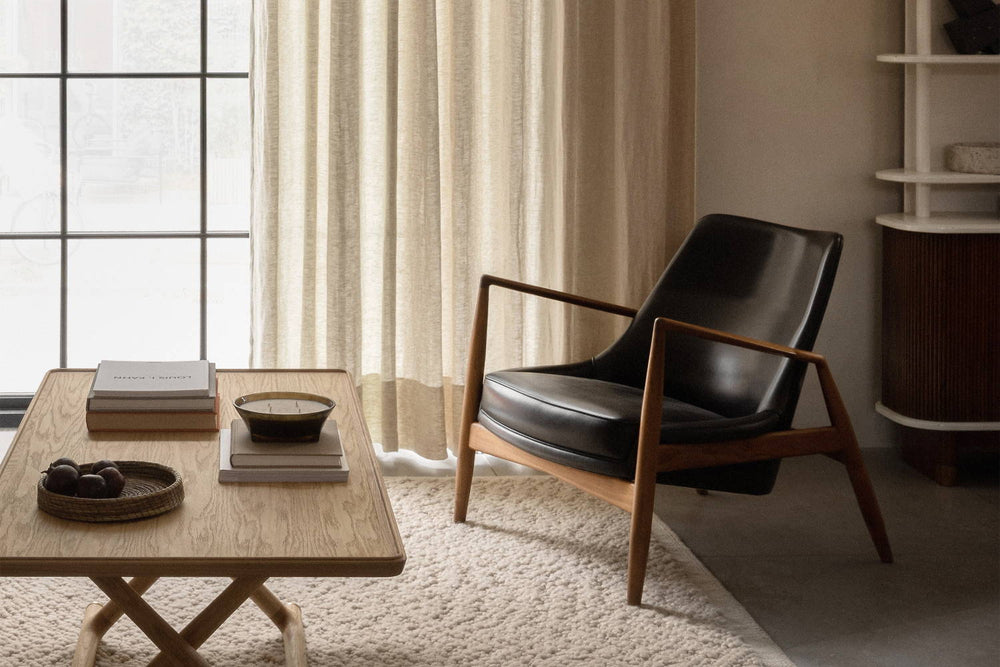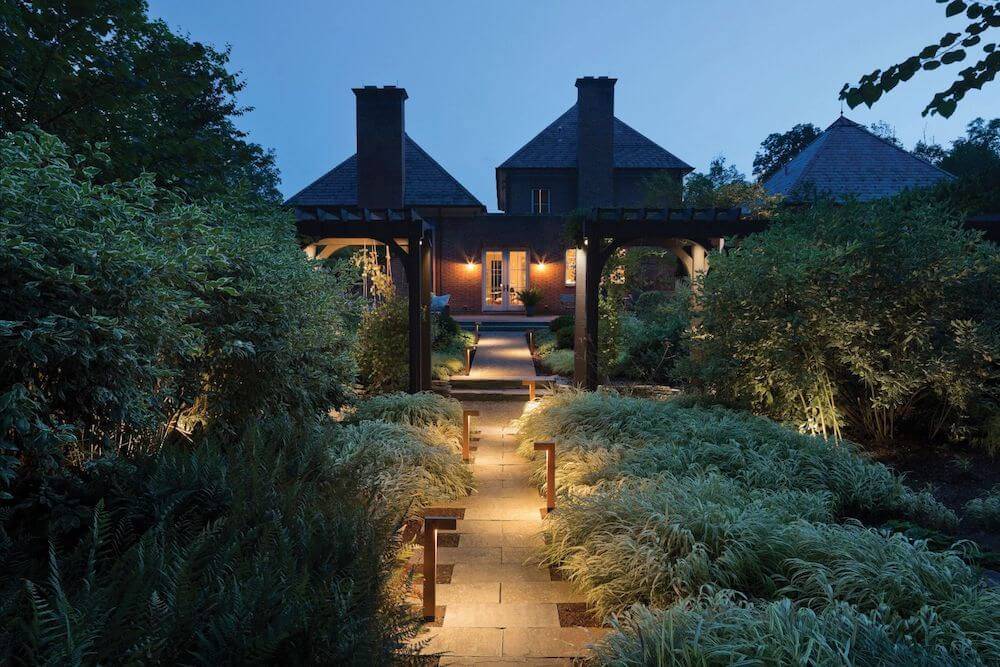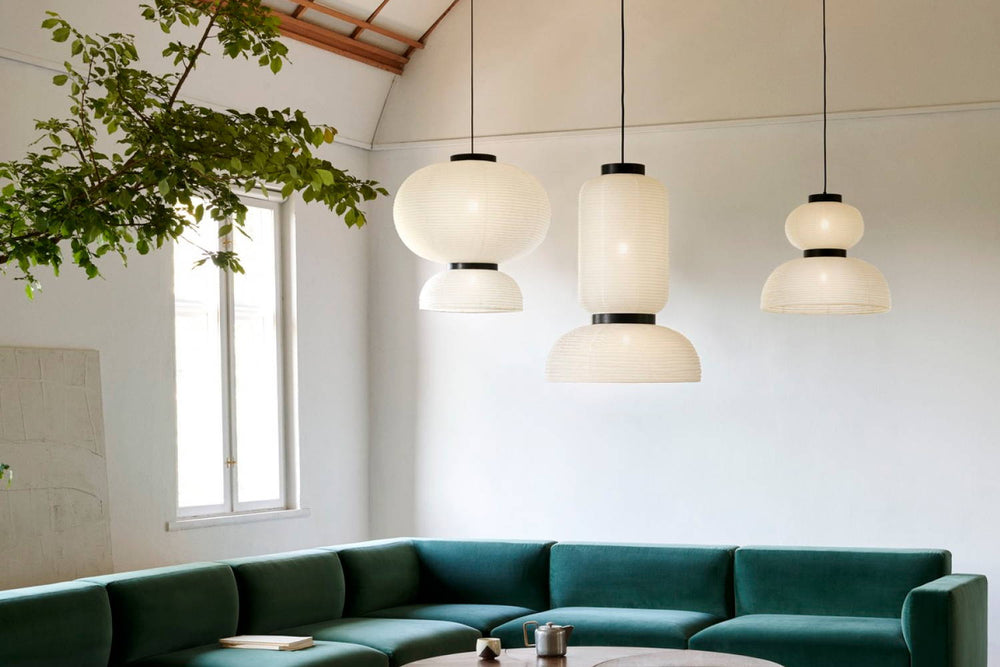When it comes to illuminating your space, the choice between pendant lights and chandeliers plays a crucial role in defining the ambiance of your home. Both lighting fixtures offer unique aesthetics and functionality, making the decision a blend of personal taste and practical considerations. In this guide, we'll delve into the distinctive features of pendant lights and chandeliers, helping you navigate the realm of lighting design to make an informed choice that complements your space and elevates its overall appeal. Whether you're aiming for a modern, minimalist look with pendant lights or a classic, grand atmosphere with a chandelier, we'll explore the factors that can guide you towards the perfect lighting solution for your home.
What is a Pendant Light?
A pendant light is a type of hanging light fixture that is suspended from the ceiling by a cord, chain, or rod. It typically features a single light source and is characterized by its ability to hang down and provide directed illumination. Pendant lights come in a variety of types and styles, offering versatility in design and functionality. Here are some common types and styles of pendant lights:
- Mini Pendant Lights: Compact in size, these pendants are smaller versions of traditional pendant lights. They are often used in clusters or rows to create a stylish and modern lighting arrangement
- Multi-Light Pendants: These fixtures consist of multiple lights grouped together on a single canopy or base. They are ideal for providing ample illumination over larger spaces or surfaces
- Drum Pendants: Featuring a drum-shaped shade, these pendant lights provide a clean and contemporary look. The shade can be made of fabric, metal, or other materials, allowing for various design possibilities
- Globe Pendants: These pendants have a spherical or globe-shaped shade, often made of glass. They provide a soft and diffused light, making them suitable for various settings
- Cluster Pendants: Clustered pendant lights consist of multiple individual pendants grouped together at varying heights. This arrangement creates a dynamic and visually interesting lighting display
- Industrial Pendants: Inspired by industrial design, these pendants often feature raw materials like metal and a utilitarian aesthetic. They are popular in modern and industrial-themed interiors
- Crystal Pendants: Adding a touch of luxury, crystal pendants feature crystal elements or prisms, creating a glamorous and elegant lighting effect. They are often used in more formal or traditional settings
- Rustic or Farmhouse Pendants: These pendants embrace a rustic or farmhouse style, often incorporating materials like wood and metal. They bring a warm and charming vibe to spaces
- Art Deco Pendants: Inspired by the Art Deco movement, these pendants feature geometric shapes, bold lines, and a sense of glamour. They are suitable for adding a touch of vintage elegance to a room
- Contemporary Pendants: With sleek lines, minimalistic designs, and a focus on functionality, modern and contemporary pendant lights are versatile and fit well in a wide range of interiors
When choosing a pendant light, it's essential to consider the scale of the space, the height of the ceiling, and the overall design theme to ensure a harmonious integration with the room's aesthetics. Finishes such as oil-rubbed bronze, satin nickel, and frosted glass are all popular options for stylish indoor pendants.
What is a Chandelier?
A chandelier is a decorative lighting fixture suspended from the ceiling, usually with multiple branches or arms that support a series of lights. Chandeliers are known for their elegance and often serve as a focal point in a room, adding a touch of luxury and sophistication. They come in various types, finishes, and styles to suit different design preferences. Here's an overview of chandeliers, including types, finishes, and styles:
- Crystal Chandeliers: These chandeliers feature crystal elements, such as prisms or beads, to create a dazzling and luxurious lighting effect. Crystal chandeliers are often associated with classic and formal interiors
- Candelabra Chandeliers: Resembling traditional candle holders, these chandeliers have arms that mimic candlesticks, each supporting a light bulb. They can range from classic to modern in design
- Tiered Chandeliers: These chandeliers have multiple tiers or levels of lights, creating a cascading effect. They are often used in grand spaces like entryways or dining rooms
- Drum Chandeliers: Featuring a drum-shaped shade around the light source, these chandeliers provide a more contemporary and streamlined look. The shade can be made of fabric, metal, or other materials
- Sputnik Chandeliers: Inspired by mid-century modern design, Sputnik chandeliers have a distinctive, starburst-like appearance with multiple arms extending from a central sphere
- Rustic Chandeliers: Embracing a more natural and weathered look, rustic chandeliers often incorporate materials like wood, wrought iron, or antlers. They are well-suited for farmhouse or cottage-style interiors
- Contemporary Chandeliers: With sleek lines, innovative designs, and a focus on minimalism, modern and contemporary chandeliers can suit a wide range of interior styles
- Traditional: Characterized by ornate details, crystal embellishments, and a classic design, traditional chandeliers are timeless and sophisticated
- Farmhouse: With a focus on rustic materials and a cozy aesthetic, farmhouse chandeliers bring warmth and charm to a space
When selecting a chandelier, consider the size of the room, the height of the ceiling, and the overall design theme to ensure a cohesive and visually appealing integration into your home decor. Finishes like antique bronze, polished chrome, and copper are all great options for interior chandeliers.
Key Differences Between Pendant Lights & Chandeliers
Pendant lights and chandeliers are both popular lighting fixtures, but they have key differences in terms of design, size, function, and where they are typically used. Here are the key differences between pendant lights and chandeliers:
1. Design & Structure:
- Pendant Lights: Typically consist of a single light source suspended from the ceiling by a cord, chain, or rod. They can have various designs including minimalist, industrial, or Scandinavian
- Chandeliers: Feature multiple arms or branches that support several lights. Chandeliers often have a more elaborate and ornate design, serving as a decorative centerpiece in a room
2. Size and Scale:
- Pendant Lights: Tend to be smaller and more compact, suitable for focused lighting over specific areas such as kitchen islands, dining tables, or countertops
- Chandeliers: Are generally larger and are designed to make a statement in larger spaces like dining rooms, entryways, or grand halls
3. Number of Lights:
- Pendant Lights: Typically have a single light source, though there are multi-light pendant options where multiple lights are grouped together
- Chandeliers: Have multiple lights arranged on branches or arms, providing broader illumination across a larger area
4. Functionality:
- Pendant Lights: Primarily used for task lighting or to highlight specific areas. They can also be used for ambient or accent lighting, depending on the design and placement
- Chandeliers: Serve both functional and decorative purposes. They often contribute to overall ambient lighting while adding a touch of elegance and style to a space
5. Placement:
- Pendant Lights: Suited for smaller spaces or areas where a more targeted light source is needed, such as above a kitchen island or a reading nook
- Chandeliers: Ideal for larger spaces and rooms with higher ceilings, where the chandelier can hang without obstruction and become a central focal point
6. Aesthetic Appeal:
- Pendant Lights: Offer a diverse range of styles, from modern and sleek to classic and decorative. They provide flexibility to match various interior design themes
- Chandeliers: Often contribute to a more formal and elegant aesthetic, with options ranging from traditional crystal chandeliers to contemporary and eclectic designs
7. Versatility:
- Pendant Lights: Versatile and suitable for a wide range of settings, including residential and commercial spaces
- Chandeliers: Can be versatile but are often associated with more formal or traditional settings, making a bold design statement
While both pendant lights and chandeliers serve important lighting functions, their differences in size, design, and intended use make each fixture better suited for specific spaces and purposes within a home or commercial environment.
Choosing Between Pendant Lights & Chandeliers
Choosing between a pendant light and a chandelier depends on several factors, including the size of the space, the room's purpose, the desired aesthetic, and personal preferences. Here are some considerations to help you make an informed decision:
1. Room Size and Ceiling Height:
- Pendant Lights: Ideal for smaller spaces or rooms with lower ceilings. They are great for creating focused lighting over specific areas like kitchen islands, dining tables, or reading nooks
- Chandeliers: Suited for larger spaces with higher ceilings, such as dining rooms, entryways, or grand living rooms. Ensure that the chandelier's size complements the scale of the room
2. Functionality:
- Pendant Lights: Best for task lighting or accentuating specific areas. Consider pendant lights for practical illumination in spaces where focused light is needed
- Chandeliers: Serve a dual purpose of providing ambient lighting for the entire room while acting as a decorative focal point. They are suitable for spaces where a touch of elegance is desired
3. Aesthetic Preferences:
- Pendant Lights: Offer a wide range of styles and designs, from modern and minimalist to decorative and ornate. Choose a pendant light that complements the overall aesthetic of your room
- Chandeliers: Add a sense of luxury and sophistication. Select a chandelier that aligns with the decor style of the room, whether it's traditional, contemporary, or eclectic
4. Room Function:
- Pendant Lights: Work well in functional areas like kitchens, where task lighting is essential, or in bedrooms for reading nooks
- Chandeliers: Perfect for formal dining rooms, entryways, or living rooms where a statement piece can enhance the overall ambiance
5. Number of Lights:
- Pendant Lights: Typically have a single light source but can also come in multi-light configurations for added impact
- Chandeliers: Feature multiple lights arranged in branches or arms. Consider the level of illumination needed based on the size and purpose of the room
6. Interior Design Theme:
- Pendant Lights: Versatile enough to fit various design themes, including modern, industrial, or classic styles
- Chandeliers: May contribute to a more formal or traditional aesthetic. Choose a chandelier that complements or enhances the overall theme of the room
By considering these factors, you can make a decision that aligns with both your practical lighting needs and the overall design vision for your space. Whether you choose a pendant light or a chandelier, ensure that the selected fixture enhances the functionality and aesthetics of the room.
Ultimately, the choice between pendant lights and chandeliers ultimately depends on your personal style preferences, the specific ambiance you want to create, and the functional requirements of the space. Pendant lights offer a versatile and contemporary solution, ideal for modern and minimalist aesthetics. On the other hand, chandeliers bring a touch of elegance and grandeur to any room. Perfect for traditional or classic settings, chandeliers serve as statement pieces that not only light up the space but also add a touch of opulence and charm. In the end, the decision should align with your individual taste and the specific characteristics of the room you're lighting. Whether you opt for the modern simplicity of pendant lights or the timeless allure of chandeliers, both choices contribute to the overall aesthetic and functionality of your home, enhancing its beauty and atmosphere.





